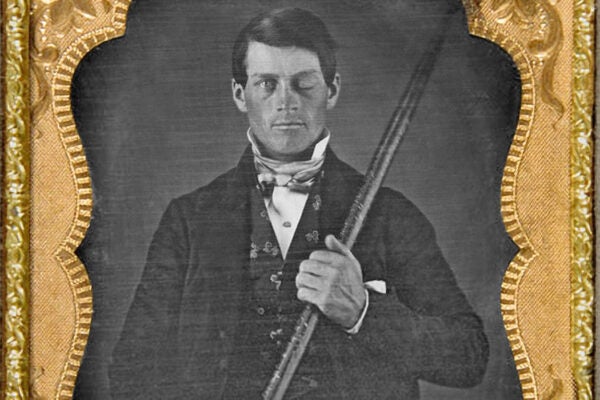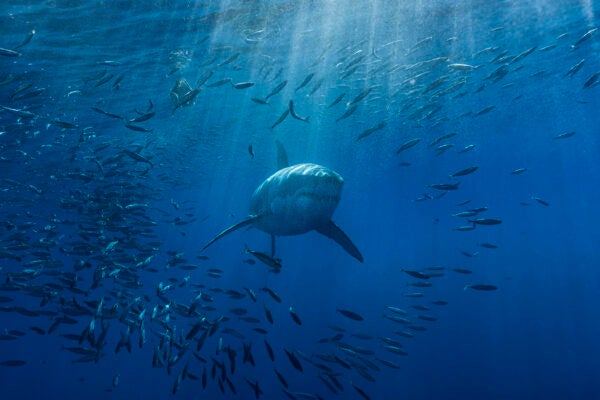Extra Credit: Our pick of stories from around the web that bridge the gap between news and scholarship. Brought to you each Tuesday from the editors of JSTOR Daily.
Lone kids and irrational judgment (Bloomberg)
by Virginia Postrel
A child is in less danger sitting alone in a well-ventilated car than walking across a parking lot with her parent. But it’s the parents of the kid who’s left alone who are likely to get a visit from social service authorities. A recent study explores the reasons we judge parents when they leave kids unattended—and why they aren’t a good basis for legal standards.
Do we kill pests for protection or revenge? (The New York Times)
by Richard Conniff
In the name of protecting ranches and farms, last year the U.S. government killed 3.2 million animals regarded as pests—from beavers to coyotes to red-winged blackbirds. But a new study finds the science behind this kind of pest control is seriously lacking.
One promising treatment for heroin addiction: heroin (Pacific Standard)
By Francie Diep
For some people with deeply entrenched heroin addictions, methadone therapy and other conventional methods don’t keep them away from street drugs and crime. One method that shows some promising results for these users is letting them have pharmaceutical-grade heroin.
What color is your dinosaur? (Inverse)
by Jacqueline Ronson
Not too long ago it seemed impossible to figure out the colors of creatures we only knew through fossilized remains. But new discoveries and techniques have allowed paleobiologists to develop a full-color model that they’re convinced accurately represents one cute little dinosaur.
What Arab Twitter thinks of Syrian refugees (The Washington Post)
The Syrian refugee crisis is a subject of great controversy in Europe and the U.S. But what about in the Arab nations of the Middle East and North Africa? A study of Arabic tweets shows the refugees are mostly viewed positively—except by ISIS, which is trying hard to vilify them.
Have you seen a story online that does a good job of bridging the gap between the news and scholarship? Or something that seems particularly well-researched? Let us know and we may include it in next week’s roundup. Email us at jstordaily_submissions (at) jstor (dot) org.






